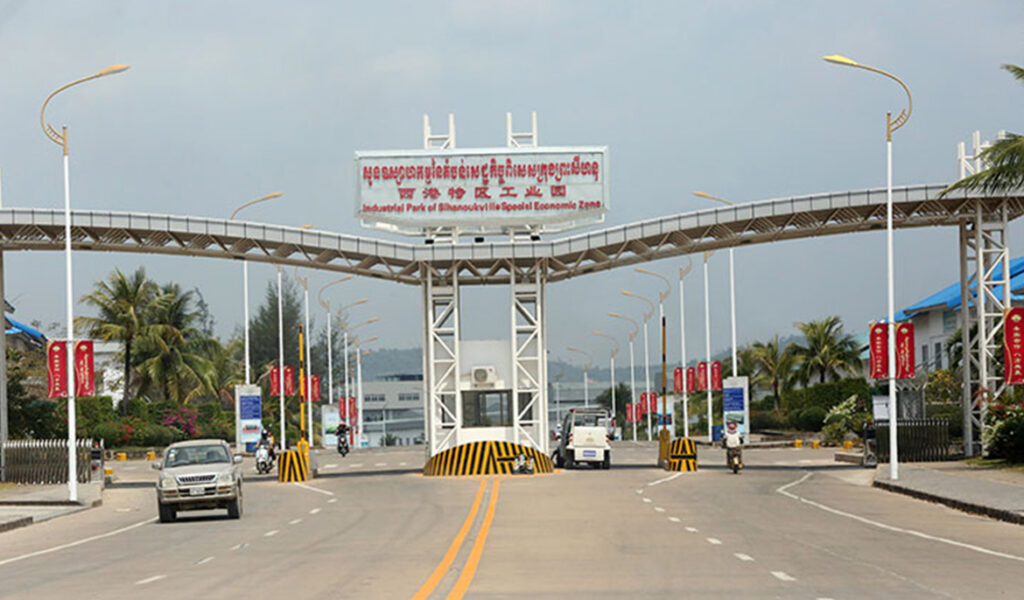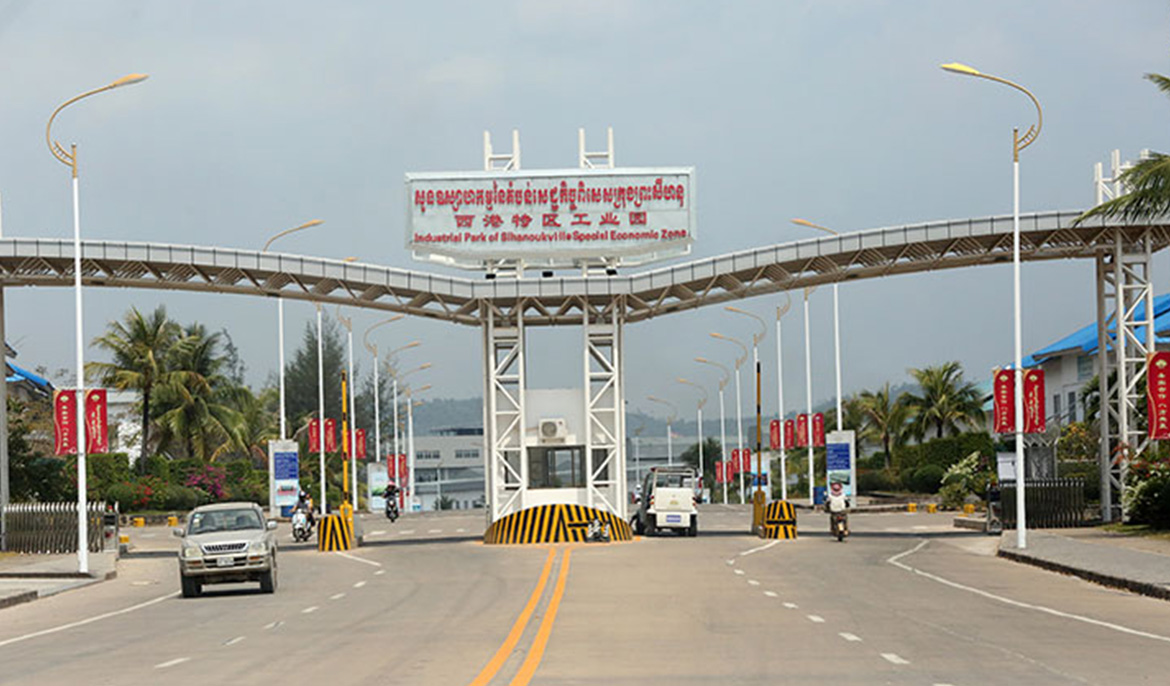The Sihanoukville Special Economic Zone (SSEZ)
has announced strong turnover in 2023, according to recent financial reports released by the firm.
The combined export-import value of all factories and enterprises in the SSEZ totalled $3.362 billion in 2023, which represents a 34.86 percent year-on-year increase from 2022 earnings.
Trade value of the special economic zone contributed to around 7.18 percent of Cambodia’s total trade in 2023, encompassing both imports and exports, which recorded a sum total of $46.83 billion for the year.
The SSEZ was first opened for business in 2008 in Preah Sihanouk province’s Prey Nop district, a partnership between Chinese-owned Jiangsu Taihu Cambodia International Economic Cooperation Investment Co Ltd and the Cambodia International Investment Development Group Co Ltd (CIIDG).
According to Ministry of Commerce spokesperson Penn Sovicheat, 231 companies from 10 countries are operating in the SSEZ to date, with a capital investment exceeding $1.2 billion. The zone is responsible for more than 25,000 jobs.
Sisavuthara Sim, CEO of local advisory firm, Nexus Capital & Investment Advisory, told Khmer Times that special economic zones such as the SSEZ have played a highly significant role in bolstering Cambodia’s trade volume and revenues in recent years, and will continue to attract more manufacturers in future.
“We need such facilities as the SSEZ and other SEZs offering convenience for manufacturing companies looking to expand into the country because they offer several benefits to those companies which enables Cambodia to become a preferred location for production line investments,” he said.
Sisavuthara explained that companies opting to begin manufacturing within such zones immediately have access to key amenities and infrastructure, crucial for their operation.
“If manufacturers choose to conduct business outside of the special economic zones they need to consider waste management, stable electrical networks, internet, physical infrastructure, along with various other concerns,” he said.
Inside the SEZ, however, all key amenities are available immediately, along with other services necessary to complete trade orders, such as on-site customs and duties consultation and applications, along with any tax payments and processing.
“Inside SEZs, we have a kind of one-stop shop for manufacturing companies, allowing greater efficiency for the entire operations,” he said.
Meanwhile, SEZs offer some manufacturing operators Qualified Investment Project (QIP) status, which allows income tax exemptions for the first nine years or special depreciation, export tax exemption, and full import duty tax exemption on construction materials, equipment and production imports, among other tax benefits.
Special economic zones effectively market the whole country to potential investors from regional trade treaty and agreements partners, as they remove any risks for the investors to enter, he said.
The SSEZ is strategically located in close proximity to the Sihanoukville Autonomous Port (SAP), said Sisavuthara, which dramatically reduces costs for those looking to transport products from Cambodia to international ports such as Singapore and beyond.
He noted that while Cambodia has 24 active SEZs, most are located in Svay Rieng and Sihanoukville due to their competitive advantages.
In Sihanoukville, SEZs such as the SSEZ benefit from swift access to the port in Sihanoukville, while manufacturers in Svay Rieng SEZs can quickly and efficiently forward goods to Vietnamese ports, via Phnom Penh river routes.
Other SEZs are located near to key border crossings for efficiency to those neighbouring markets, Sisavuthara citing 4 SEZs along the Thai border, and 13 neighbouring Vietnam.
Looking forward to 2024, Sim expects continued growth for the national trade statistics via SEZ investment, but suggested that the market won’t return to pre-covid levels yet.
However, despite less demand from Europe, Sisavuthara noted trade with the US should strengthen again in 2024, along with diversification in trade to growing partners, such as China, Korea, Japan and others.
This diversification in trade partners is being driven by new free trade agreements with global trading partners, which should help the economy move from traditional reliances, he said, including the intra-ASEAN FTA, China-Cambodia FTA, Cambodia-South Korea FTA, the RCEP and other preferential trade tariff systems offered by trade partners. For these reasons and the growth witnessed by operators such as the SSEZ, Sisavuthara expects the 2024 trade to improve compared to the last year. Credit From: khmertimeskh



